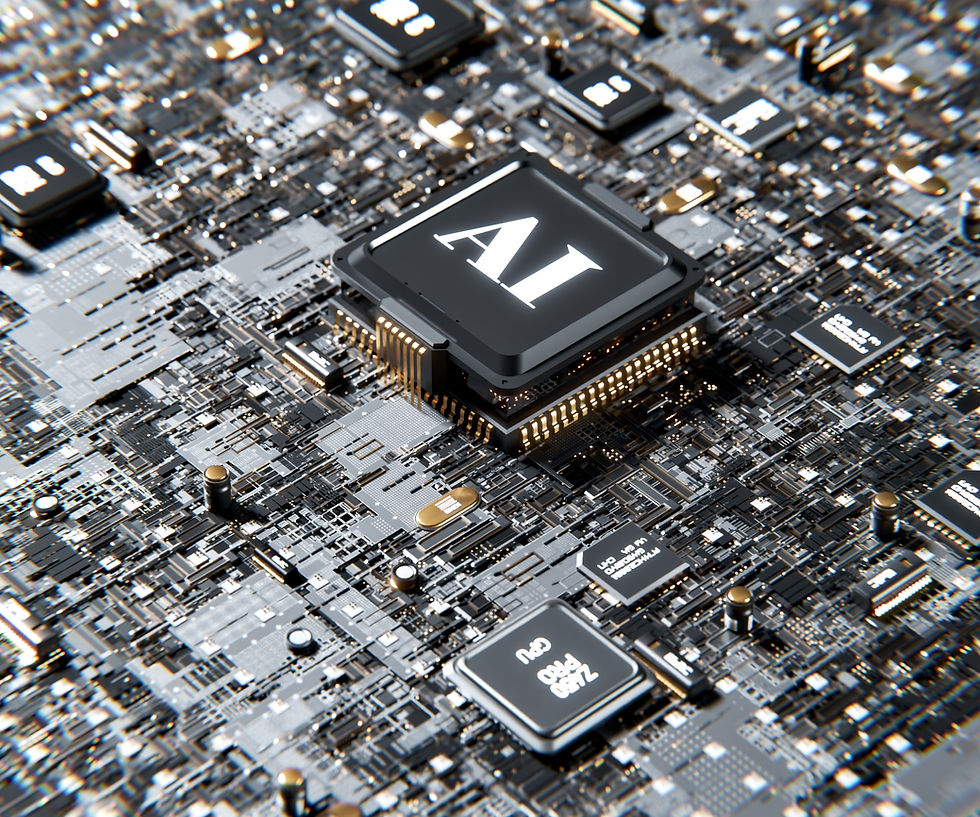Musk's Neuralink faces hiccup with chip implant
- Voltaire Staff
- May 10, 2024
- 3 min read

Elon Musk’s start-up Neuralink faced its first challenge when some threads connected to its human brain implant -- meant to monitor neurons -- came loose from the brain, leading to the participant's dropping some of his ability to control computer cursor.
It's not clear why this happened, how many threads were affected, or if it's dangerous. Neuralink hasn't commented yet.
The company said the problem started in late February, but that it has made some changes to their system to make up for the lost data.
In a blog post on Wednesday, Neuralink wrote, "In the weeks following the surgery, a number of threads retracted from the brain, resulting in a net decrease in the number of effective electrodes. This led to a reduction in BPS (Fig 04). In response to this change, we modified the recording algorithm to be more sensitive to neural population signals, improved the techniques to translate these signals into cursor movements, and enhanced the user interface."
The company said the refinements produced a "rapid and sustained improvement in BPS, that has now superseded" the human participant’s initial performance.
"The aim of the PRIME Study is to demonstrate that the Link is safe and useful in daily life. We will monitor its technical performance remotely and quantify any benefit it provides by timing the duration of independent use and assessing how it affects study participants’ quality of life," it said.
Neuralink has done the implant with 64 flexible threads, each carrying 1,024 electrodes to detect brain activity. Inserted by a special robot, these threads are thinner than a hair and are placed near specific neurons.
The aim is to decode these signals into actions, like moving a computer cursor, recorded in bits-per-second, or BPS.
On January 28, the firm implanted its brain-computer interface into their first trial participant, Noland Arbaugh, who became quadriplegic after a diving accident in 2016. The surgery was done at Barrow Neurological Institute in Phoenix.
Quadriplegic refers to a condition in which a person experiences paralysis in all four limbs, typically due to a spinal cord injury or illness affecting the spinal cord.
The firm said that the surgery went extremely well, and Noland was able to go home the following day.
Elon Musk on January 29 shared on X that Noland was recovering well, with promising initial results.
Neuralink and Noland shared videos and live streams of him playing video games using only his implant, like chess and Mario Kart.
The only hiccup was on March 1 during a Neuralink meeting when Noland mentioned they were still working out some issues, but once resolved, he saw no reason why the implant couldn't be widely available.
Noland said, "Sure we’re still working out the kinks and stuff. But once we get this figured out, there’s no reason for [the implant] not to be out there," according to WSJ.
It's unclear why the threads shifted, but one possibility mentioned by sources is air trapped in Noland's skull after surgery, called pneumocephalus.
Neuralink considered removing the implant after identifying the issue.
Neuralink restored the BPS rate by adjusting the algorithm that decodes electrode signals. Changes included making the implant more sensitive to neural signals, refining techniques for translating signals into cursor movements, and improving the user interface.
The company aims to conduct two more implants in the next few months, totaling 10 this year.
Image Source: Unsplash




































Comments